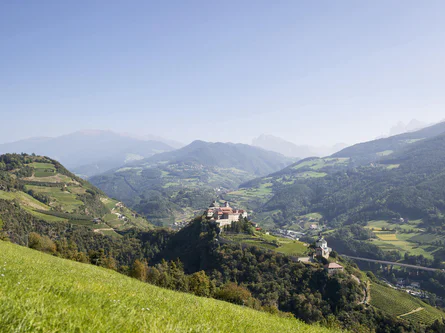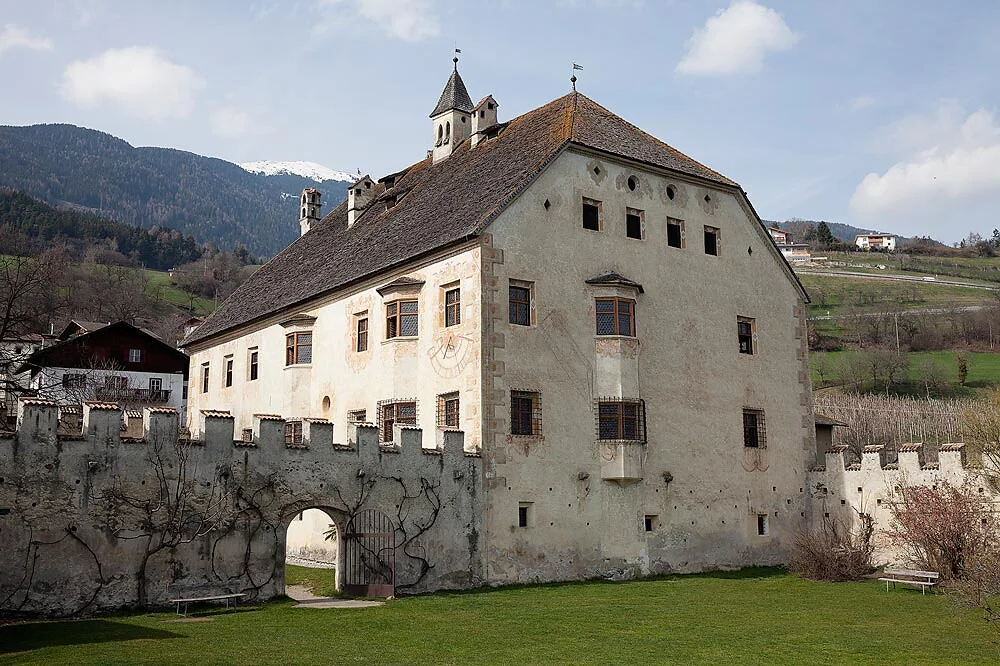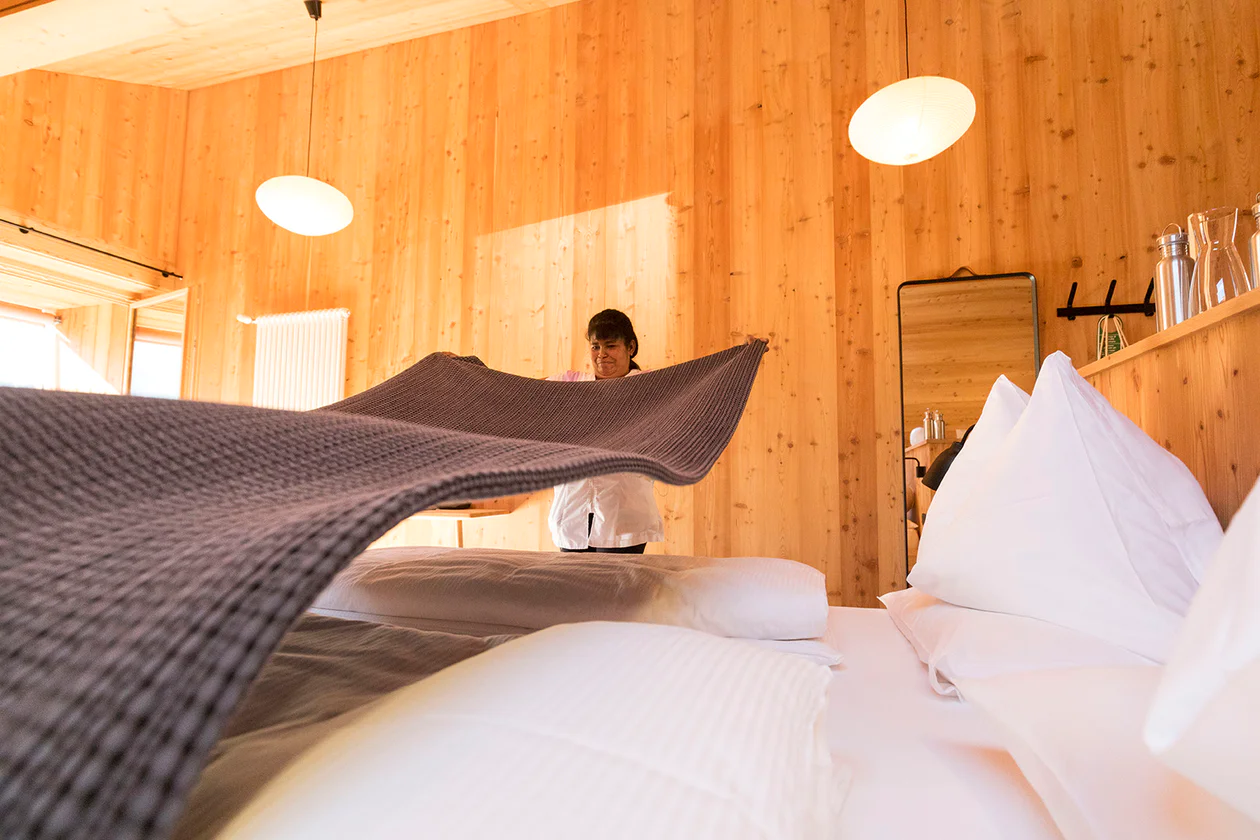Castel Velthurns is a unique historical building. It was built in 1580 as the summer residence of the prince-bishop of Bressanone, Johann Thomas von Spaur. Its uniqueness lies not so much in its architecture as in its furnishings. The ten rooms are decorated with wood panelling and wall paintings, making Castel Velthurns one of the best preserved Renaissance residences in the Alps. In the past, the residence also housed an aviary and a deer park.
This elegant complex was carefully restored in 1979/83.
The interior of Velthurns Castle reflects the quality of upscale representation of the late 16th century. It is a master example of a well thought-out interior design. In the wall paintings and paneling, the claim of a humanistically influenced variety of themes is visible. Special exhibitions in the Schreiberhaus complement the activities of Velthurns Castle.
In 1978 it became the property of the Province of South Tyrol and was renovated in 1979. On the first floor, the castle houses an archaeological museum with finds from Feldthurns and the central Eisack Valley.
On the ground floor, the castle houses an archaeological museum with finds from Feldthurns and the central Eisack Valley. In addition to the permanent exhibition with finds from Feldthurns, temporary exhibitions are held on a regular basis.































































